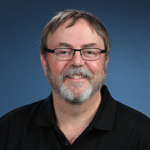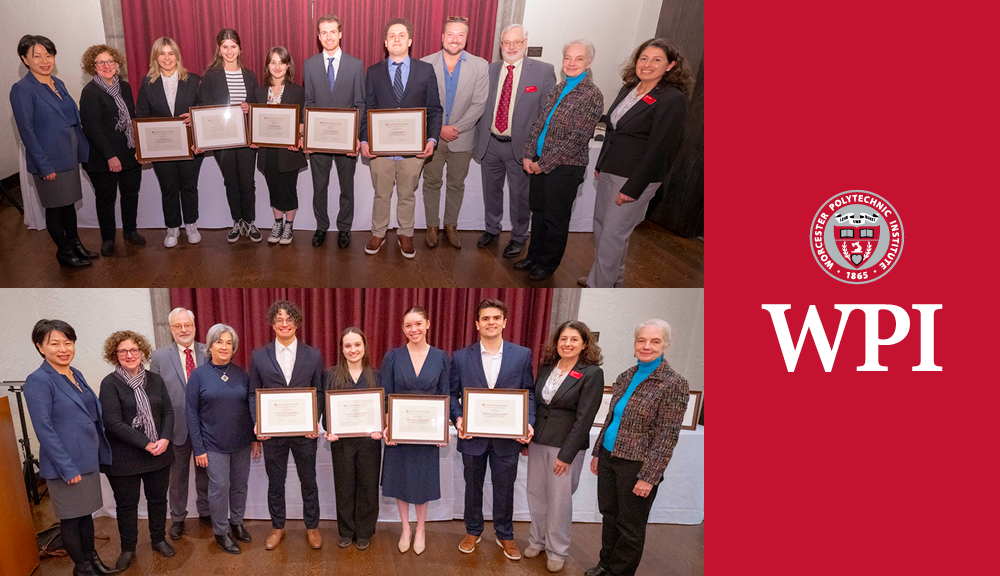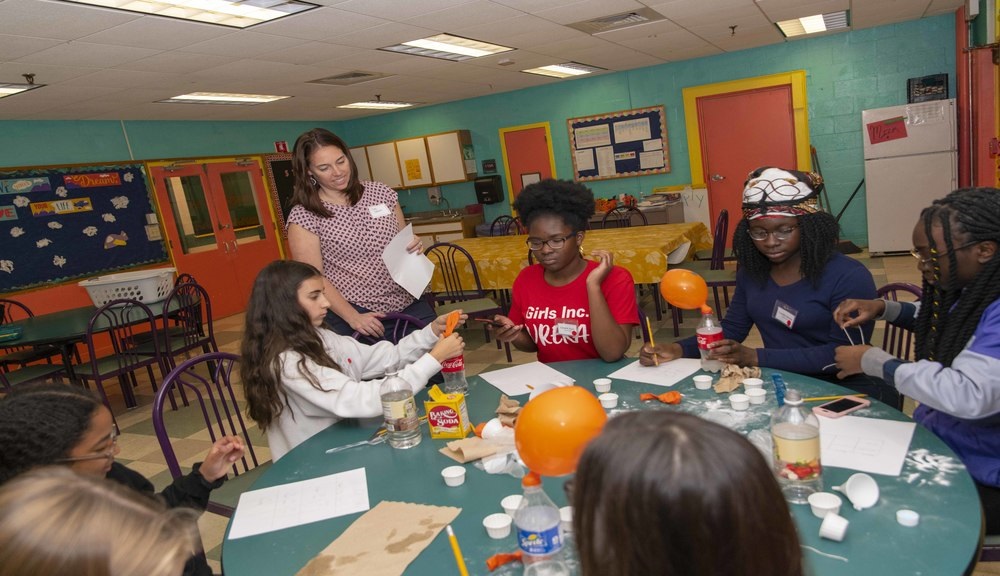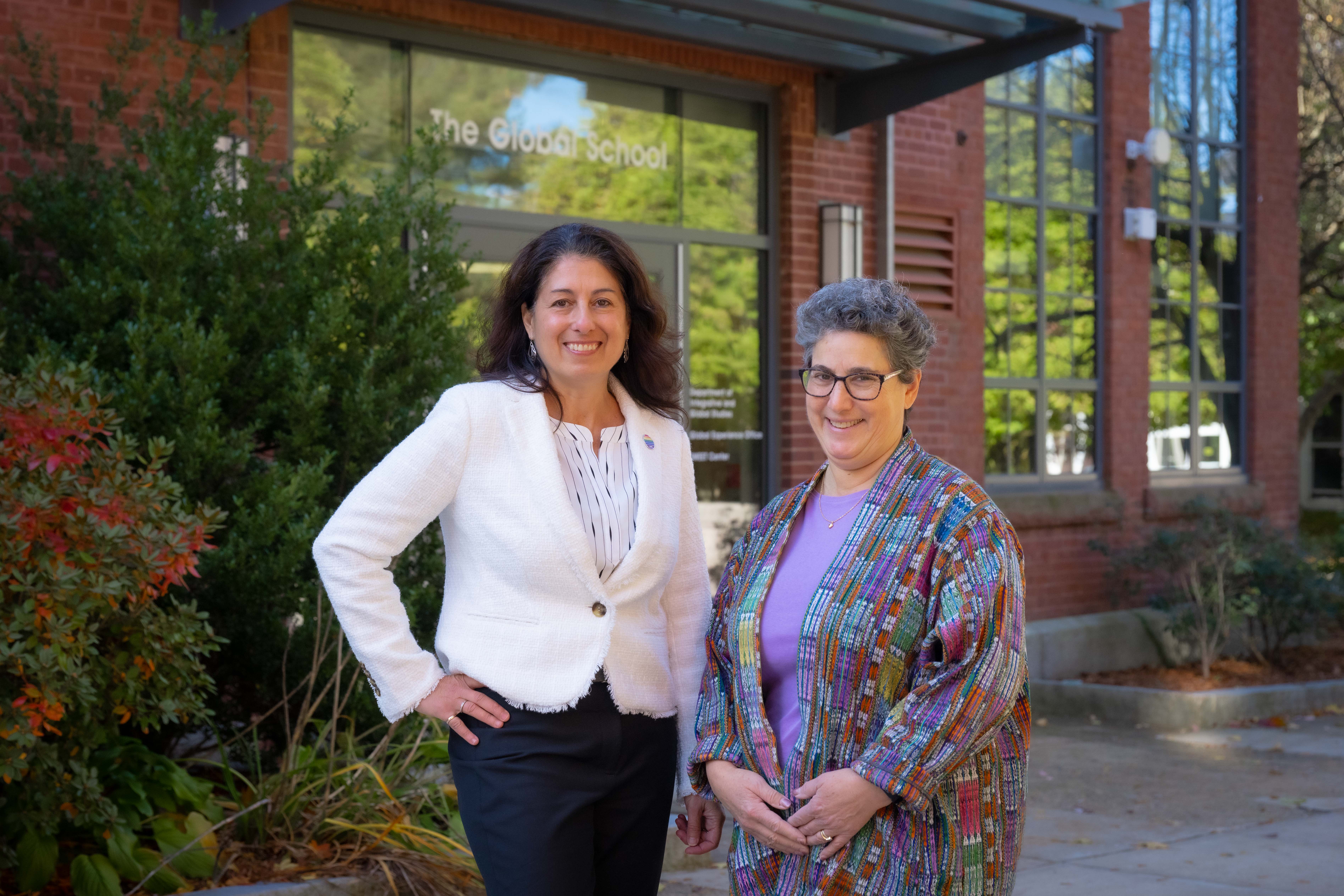The Mass Academy students and the titles of their projects are: Aishwarrya Arivudainambi (Shrewsbury), Effects of Curcumin and Piperine on Embryological Development in Danio rerio; Mariam Dogar (Northborough), The Effects of Taurine on the Memory Retention ofD. dorotocephala; Yashaswini Makaram (Northborough), The Phoney Lift: Using Accelerometers to Identify People; Amol Punjabi (Northborough), ViaPocket: A New High-accuracy Druggability Predictor and Its Application to Intrinsically Disordered Proteins; and Sashrika Saini (Shrewsbury), Linking GPCRs and Type II Diabetes: Novel ADORA2B Model Utilizing AR2A Multi-sequence Templates.
“They all have incredible curiosity, an incredible work ethic, incredible drive,” says Michael Barney, the director of Mass Academy. “They’re just amazing across the board.”
The research process started for them at the beginning of their junior year, just as they entered the rigorous two-year high school program: students spend the first year in the Mass Academy building on Prescott Street and the second on the WPI campus itself, graduating from high school as rising college sophomores.
“We have a research course called STEM 1,” Barney says. “Students try to find an area of interest; they do literature reviews to find something new that they want to do independent research on.”
After “they take their project through to completion,” they present their data first at Mass Academy’s own science fair. From there, 14 students move on to the Worcester Regional Science Fair. A number of those will go to MIT for the state science fair.

Mike Barney
“Our students typically do very well,” Barney says. “Most, if not all, move on to MIT. And from the regional fair, some of them get selected to go right to ISEF.” ISEF is the International Science and Engineering Fair, also sponsored by the SPP and Intel; it will be held this year in May. Last year, Barney says, four of the five ISTS semi-finalists competed at ISEF.
Mariam Dogar had never presented at a science fair until she submitted her current research to ISEF last spring and to this year’s ISTS.
Dogar has always “had an excitement for anything to do with the brain in terms of learning and behavior,” she says. “If we can answer the question of how the nervous system can regenerate and repair itself, we could finally be able to treat many neurological disorders, mental illness, and cognitive difficulties. Being able to control nervous system activities would completely change the game.”
Her research studies the effect of taurine on the memory retention of D. dorotocephala, a type of flatworm.
CELLULAR MEMORY
“Even though it was not the main focus of my project, my research ended up supporting the theory that memory is stored outside of the brain and instead throughout the nervous system,” she says. “This particular idea interested me throughout conducting my project because no matter how tiny the planaria fragment was, it could always regrow and remember what it had been trained to do.”
She is currently researching cellular memory in the lab of Jagan Srinivasan, assistant professor of biology and biotechnology at WPI.
The most exciting part of her work, she says, is its potential impact on the infant formula industry.
“My research warrants the reconsideration of taurine that is regularly supplemented to expectant mothers, children, and infants because the growing brain is very susceptible to toxic environmental changes.”
Aishwarrya Arivudainambi notes that she is “passionate about research because it’s a methodical way for me to pursue my curiosity. I ask questions about certain natural phenomena and when I can’t find the answer, I do research to find out for myself.”
Her project focuses on the effects of curcumin and piperine on the embryological development in Danio rerio, or zebrafish.
OPEN-ENDED RESEARCH
“I think I was drawn to research because it’s so open ended and in a way allows you to express your creative thinking,” she says.
Sashrika Saini’s ISTS project is Linking GPCRs and Type II Diabetes: Novel ADORA2B Model Utilizing AR2A Multi-sequence Templates.
“I’ve always thought working in a lab or being the ‘stereotypical scientist’ was interesting,” she says. “The most exciting thing is it always keep me curious.”
Mass Academy’s creation of an environment that embraces the concept and practice of scientific research is vital to its students.
The school “gave me a platform to take a simple question I had to the next level,” says Dogar.
Mike Barney notes that “students come here to be able to have the opportunity to do this kind of research. It’s built into the curriculum. They get great feedback from the teachers and great feedback form each other. They get time built into the day to be able to work. The research component is a priority here.”
It is not necessarily unusual to see five students in one school named as ISTS semi-finalists – until one considers that there are only 50 students in the senior class at Mass Academy.
By comparison, says Barney, the Bronx High School of Science, with seven semi-finalists this year, has a student body of 3,000. Stuyvesant High School in New York has three students moving on out of 3,300.
“Some of the greatest STEM schools in the country participated,” he says. “Percentage wise, we’ve done remarkably well.”
Of particular note at the school is its collegial atmosphere.
“It’s a very supportive, collaborative environment, and that’s what makes this place so special,” says Barney.
The students concur.
STARTING WITH A CRAZY IDEA
“I’m certain that much of my project would not have been possible without the support of my peers and teachers at Mass. Academy,” says Arivudainambi. “Even great work starts as a crazy idea you propose at lunch and the journey is infinitely more meaningful than the award.”
As they move forward, “they’re really excited, though it’s tempered excitement right now. They’re very happy, humbled to be recognized and, I think to be honest, the students are very happy for each other.”
Indeed, when the ISTS results were announced, Mariam Dogar checked the results not for herself but “because I was sure at least a few of my friends would be semi-finalists and I wanted to congratulate them,” she says.
Given the competition’s reputation and the high caliber of submissions, none of the three young women expected to advance.
“Seeing my name there was incredibly surprising; I didn’t even tell my parents about this competition because I thought that nothing would come out of it,” says Dogar.
Arivudainambi didn’t even remember the date of the announcement. It wasn’t until her friends began to congratulate her that she realized she was a semi-finalist.
“I couldn’t believe it,” she says.
Saini was “anxiously waiting” that morning, but also read the results with “utter disbelief. I didn’t think I stood a chance among all the projects that entered.”
Their success is less surprising to everyone else.
These are students who are intent on making a difference as they move ahead from college and into their own careers.
Arivudainambi wants to pursue a pre-med track in college, majoring in both molecular and cellular biology and minoring in space science. Ultimately, she wants to be “a practicing doctor who is also involved in space science research.”
Dogar is drawn to international relations and law as well as neuroscience. Ideally, she says, “I’d be a researcher, professor, writer, artist, judge, and policymaker at the same time.”
And for Saini, the answer to what she wants to do with her life is simple: “More research!”
As she and her four classmates wait until Jan. 20 to find out what will happen next, they can rest assured that, win or lose, they are in very good company.
Over the course of the 75-year history of the ISTS, 150,000 students have entered the competition, and many of its alumni have gone on to stellar scientific careers. To date, that prestigious group includes 12 Nobel Laureates, 11 National Medal of Science winners, two Fields Medalists, and 18 MacArthur Foundation Fellows.
There is certainly room for a few more.
– BY LAURA PORTER



